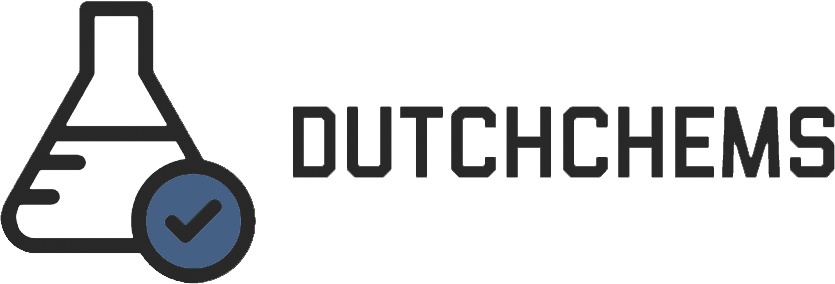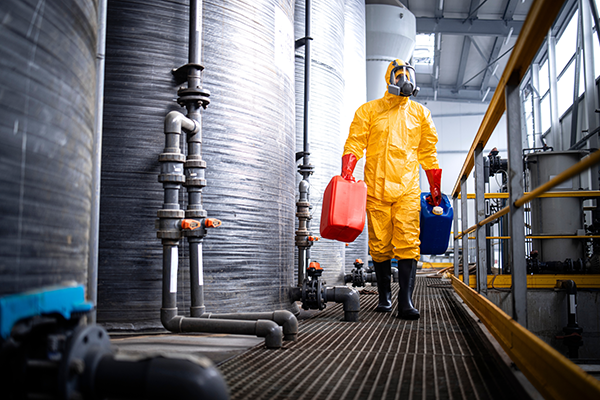In the world of work shoes, the safety classes of safety boots are essential for protection in the workplace. Especially in sectors such as construction, industry and agriculture, they are crucial. But which species exist exactly? In this article we will take a closer look at this layout and how to make the optimal choice for your work.
The Crucial Role of the Safety Boot
Safety boots and safety classes are designed to protect workers’ feet from various workplace hazards. These hazards can range from falling objects and sharp objects to electrical hazards and chemicals. Wearing the right safety boots can prevent serious injuries and ensure the safety and well-being of workers.
Safety classes for Safety Boots
To facilitate the choice of the right safety boot, these are classified into safety classes, usually denoted by the letters S and P, followed by a number. Here’s an overview of some common safety classes:
S1: Basic safety boots for General Work Situations
- Steel toe cap: Protects against falling objects and compression with an impact of up to 200 joules.
- Antistatic properties: Prevents electrostatic charging.
- Closed heel: Provides extra support and prevents the heel from slipping out of the boot.
- Energy-absorbing heel: Absorbs shocks and provides comfort.
Ideal for: General work environments where minimal protection is required.
S2: Safety Boots for Humid Working Conditions
All features of S1, plus:
- Water resistant upper material: Protects against the ingress of water or liquids.
Ideal for: Working in humid conditions.
S3: Safety Boots for Construction and Harsh Environments
All features of S2, plus:
- Steel midsole: Protects against penetration of sharp objects such as nails and glass.
- Non-slip profile: Provides extra grip on smooth surfaces.
Ideal for: Construction sites and harsh environments.
S4: Waterproof Safety Boots without Midsole
- Integrated midsole and waterproof material: Protects against water ingress and provides basic protection against penetration.
Ideal for: Humid environments with minimal penetration risks.
S5: Safety boots for Industrial and Construction applications
All features of S4, plus:
- Steel midsole: Protects against penetration of sharp objects.
- Non-slip profile: Provides extra grip on smooth surfaces.
Ideal for: Harsh industrial environments and construction sites.
P: Puncture resistance
- Piercing resistant sole: Protects against penetration by sharp objects.
Ideal for: Environments where the risk of penetration is high, such as construction sites with a lot of debris.
Choosing the Right Safety Boots and Safety Classes
When choosing the right safety boot, you must take into account the specific risks and circumstances in your workplace. Make sure that the boots fit well and are comfortable, as this contributes to the safety and wearing comfort of the employee.
Remember that worker safety comes first, and wearing the right safety boots can contribute to a safer work environment. Invest in quality boots that meet the right safety standards so you can get to work with peace of mind.
Conclusion
In this article we have given an overview of the different safety classes of safety boots. We hope that this information will help you make the right choice for your work environment and that you can go to work with more confidence and comfort. Workplace safety is paramount, and the right safety boots can make a significant difference.
At DutchChems we offer an extensive selection of top quality safety boots, including boots of class S5. These boots meet the highest standards for safety and protection in the workplace. Whether you work in construction, agriculture, chemical industry or any other sector, our S5 safety boots offer the necessary protection against various hazards.






